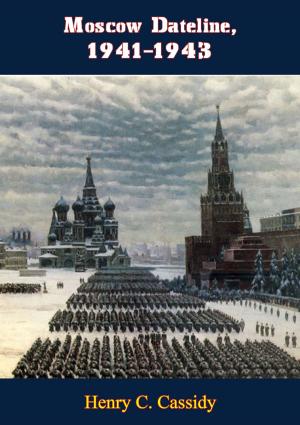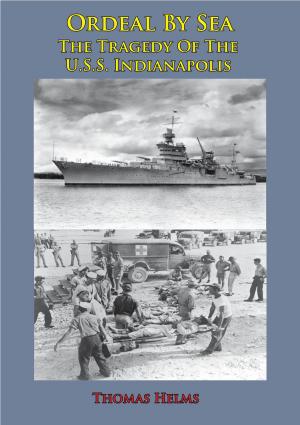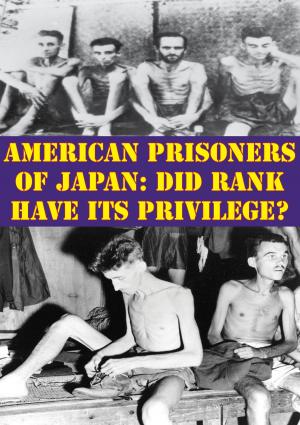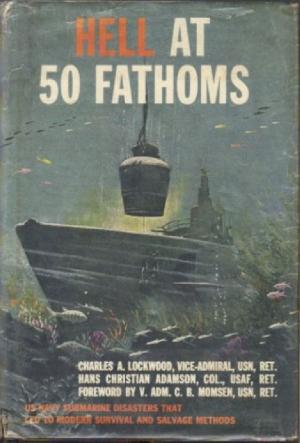PAPUAN CAMPAIGN - The Buna-Sanananda Operation - 16 November 1942 - 23 January 1943 [Illustrated Edition]
Nonfiction, History, Germany, European General, Military, United States| Author: | Anon | ISBN: | 9781782894476 |
| Publisher: | Verdun Press | Publication: | August 15, 2014 |
| Imprint: | Verdun Press | Language: | English |
| Author: | Anon |
| ISBN: | 9781782894476 |
| Publisher: | Verdun Press |
| Publication: | August 15, 2014 |
| Imprint: | Verdun Press |
| Language: | English |
With 7 maps, 5 charts & 23 illustrations
During the early months of 1942 the Japanese were on the offensive everywhere in the Southwest Pacific...On 10 Dec. 1941, Japanese forces landed in the Philippines; on 15 Feb. 1942, Singapore fell...Then the attack shifted farther to the southeast, and from Rabaul...the Japanese High Command planned a two-pronged drive. One prong was to strike for control of southeastern New Guinea; the other was to thrust through the Solomon Islands.
Neither attack reached its objective. When a Japanese convoy pushed around the eastern tip of New Guinea, it met American naval forces. In the ensuing Battle of the Coral Sea (4-8 May 1942), the Japanese suffered a decisive defeat...Failure in their attempt by sea did not end the Japanese effort to capture Port Moresby, which would afford them an invasion base only 340 miles from Australia. In July they landed at Buna, Gona, and Sanananda on the northeast coast of Papua and pushed southward across the Papuan Peninsula. The Australians first stopped the enemy and then, joined by American forces, drove him back to his landing bases. This long and hard counteroffensive not only freed Australia from the imminent threat of invasion, but gave the United Nations their first toehold in the area of enemy defenses protecting Rabaul, center of Japanese power in the Southwest Pacific.
The American part in the Buna-Sanananda campaign, in which Australian and American troops defeated "the invincible Imperial Army" of Japan, is the subject of this pamphlet...The story is set in a background of fever-ridden swamp and jungle, where American soldiers lay day after day in waterlogged fox holes or crawled through murderous fire toward enemy positions they could not see. Despite all the difficulties imposed by terrain, climate, and the formidable strength of Japanese fortifications, despite failure in many heroic attacks, the effort was carried through to a final and smashing success.
With 7 maps, 5 charts & 23 illustrations
During the early months of 1942 the Japanese were on the offensive everywhere in the Southwest Pacific...On 10 Dec. 1941, Japanese forces landed in the Philippines; on 15 Feb. 1942, Singapore fell...Then the attack shifted farther to the southeast, and from Rabaul...the Japanese High Command planned a two-pronged drive. One prong was to strike for control of southeastern New Guinea; the other was to thrust through the Solomon Islands.
Neither attack reached its objective. When a Japanese convoy pushed around the eastern tip of New Guinea, it met American naval forces. In the ensuing Battle of the Coral Sea (4-8 May 1942), the Japanese suffered a decisive defeat...Failure in their attempt by sea did not end the Japanese effort to capture Port Moresby, which would afford them an invasion base only 340 miles from Australia. In July they landed at Buna, Gona, and Sanananda on the northeast coast of Papua and pushed southward across the Papuan Peninsula. The Australians first stopped the enemy and then, joined by American forces, drove him back to his landing bases. This long and hard counteroffensive not only freed Australia from the imminent threat of invasion, but gave the United Nations their first toehold in the area of enemy defenses protecting Rabaul, center of Japanese power in the Southwest Pacific.
The American part in the Buna-Sanananda campaign, in which Australian and American troops defeated "the invincible Imperial Army" of Japan, is the subject of this pamphlet...The story is set in a background of fever-ridden swamp and jungle, where American soldiers lay day after day in waterlogged fox holes or crawled through murderous fire toward enemy positions they could not see. Despite all the difficulties imposed by terrain, climate, and the formidable strength of Japanese fortifications, despite failure in many heroic attacks, the effort was carried through to a final and smashing success.
![Cover of the book PAPUAN CAMPAIGN - The Buna-Sanananda Operation - 16 November 1942 - 23 January 1943 [Illustrated Edition] by Anon, Verdun Press](https://www.kuoky.com/images/2014/august/500x500/9781782894476-lhVI_500x.jpg)











![Cover of the book The Scots Guards in the Great War 1914-1918 [Illustrated Edition] by Anon](https://www.kuoky.com/images/2015/november/300x300/9781786255532-qMuK_300x.jpg)

![Cover of the book The Uncensored Dardanelles [Illustrated Edition] by Anon](https://www.kuoky.com/images/2013/march/300x300/9781782890577-oVu2_300x.jpg)
